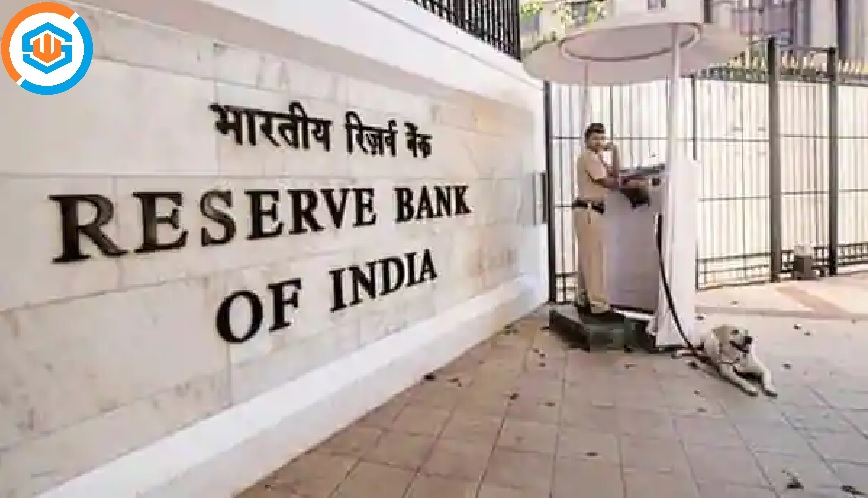
- 2 Aug
- 2021
RBI must come clean where it stands on climate change
The past few weeks have seen incessant rains inundating the Ratnagiri and Sindhudurg districts of coastal Maharashtra. An overflowing Vashishti river in Chiplun town even submerged buses in the state transport complex. Over 200 people have lost their lives in Maharashtra due to landslides, floods, and other rain-related accidents. Elsewhere in India, heavy rains set off landslides in mountainous Himachal Pradesh, with cascading boulders killing tourists and residents. In Bihar, the rain-fed Gandak river has washed away Motihari and East Champaran districts. The Maharashtra government’s preliminary estimates of loss to property, business, and infrastructure are around ₹4,000 crores, with the final figure likely to be higher.
India is not the only country ravaged by these extreme weather incidents. Heatwaves in Canada and the northwest coast of the US—with temperatures reaching 50° Celsius—have killed close to 500 people. Uncharacteristic rains flooded Germany and Belgium, claiming about 200 lives. Similar abnormal rains and flooding in central China affected 2 million citizens and resulted in economic losses of over $500 million.
Climate change, undoubtedly, is responsible for these extreme fluctuations in weather patterns, characterized by long dry and hot spells interspersed with short bursts of heavy rainfall, causing economic damage and loss of lives. These episodes of extreme weather variations result in supply chain disruptions, business continuity problems, labor productivity diminution, lower investment rates, contraction in collateral values, and defaults by businesses and households, leading to problems of overall financial instability.
The International Monetary Fund’s Global Financial Stability Report of 2019 also highlighted these risks: “The potential impact of climate risks is large, nonlinear, and hard to estimate. Losses from climate-related risks affect the financial system directly, through price impairment, reduced collateral values, and underwriting losses, and indirectly, through lower economic growth and tighter financial conditions. Insurance claims from natural losses have already quadrupled since the 1980s."
This is a situation custom-built for central bank intervention. Most central banks have been working to assess financial system risks from climate change, figuring out how to design stress-testing maps, and trying to finalize risk mitigation models. The Network for Greening of the Financial System (NGFS) was set up during the 2017 Paris ‘One Planet Summit’ for central banks and supervisors to share best practices in climate-related risk management practices. The network already has 95 central banks as members and 15 multilateral financial institutions as observers. As economic historian Adam Tooze has written, “In light of far-reaching national commitments to achieving net-zero by 2050, a wide-ranging re-examination of financial stability regulation and monetary policy tools is underway."
The Reserve Bank of India (RBI) joined NGFS in April 2021, a laggard among the major G20 central banks. In its July bulletin, RBI tipped its hat at the need for monetary-policy frameworks to incorporate climate-change risks but refrained from explicitly expressing a desire to re-examine its own monetary policy framework or indicating whether it is moving in that direction. RBI faces two particular challenges that will test its resolve in the days ahead.
The second challenge lies within. Like all other central banks, RBI is bound by a mandate fixed by the legislative. The preamble to the Reserve Bank of India Act, 1934, states that monetary policy’s “primary" objective is price stability, “while keeping in mind the objective of growth". This could skew RBI’s attempts to foster a green financing compact within the Indian financial system. Many financial initiatives in India will have obvious adverse environmental consequences but will likely find RBI on the horns of a dilemma: balancing its NGFS commitments versus its constitutional mandate of fostering “growth". RBI will, therefore, have to either seek legislative amendments or establish a legitimate workaround. Either way, it can no longer afford to ignore the compelling imperatives of green financing or overlook how climate change is slowly but surely eroding financial stability.
Note:- For All News & Blogs, Kindly subscribe to us. Your Comment would guide us to your preferences.











